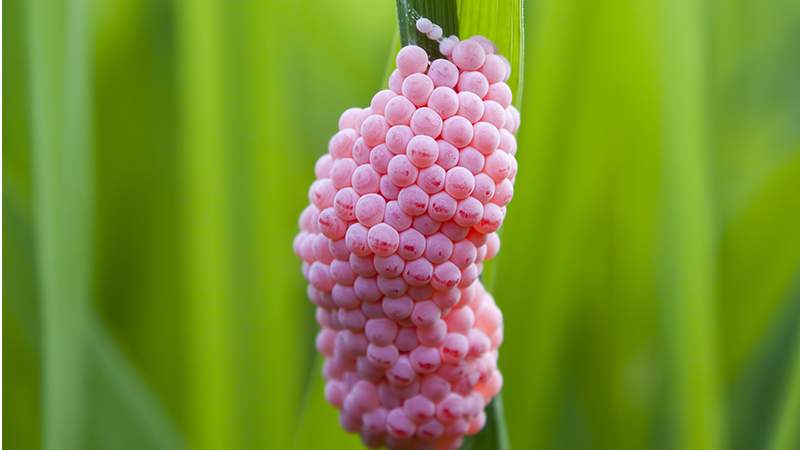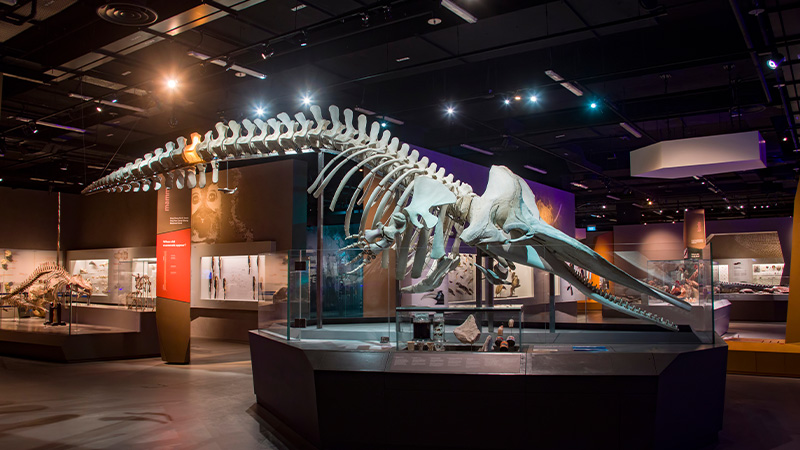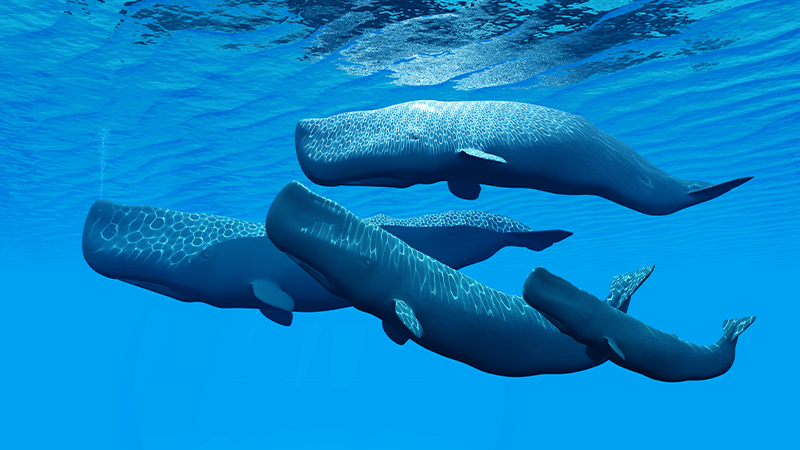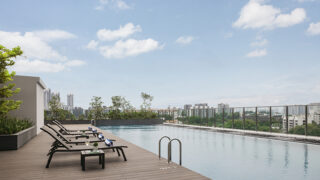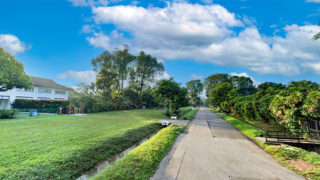Here are some bits of info around nature in Singapore that we found fascinating. Hope you do too!
Aliens In Our Midst!
Here’s something we didn’t know until now. The International Union for the Conservation of Nature (IUCN) maintains a list called “100 of the World’s Worst Invasive Alien Species” – and it doesn’t refer to little green men. Rather, it’s a list of plants and animals that have a serious impact on biological diversity or human activities.
On the list is everything from the common malaria mosquito to so-called “Killer Algae”, and – one that our Aussie readers will nod their heads at – the cane toad.
Also featured is the golden apple snail, which has been in the news in Singapore in recent times. Sounds innocuous, right? In fact, this native South American species is known to cause widespread damage to rice crops, wetlands and other vegetation all over the world. In all likelihood, it “hitchhikes” from country to country in aquarium tanks and nurseries holding other molluscs or fish species.
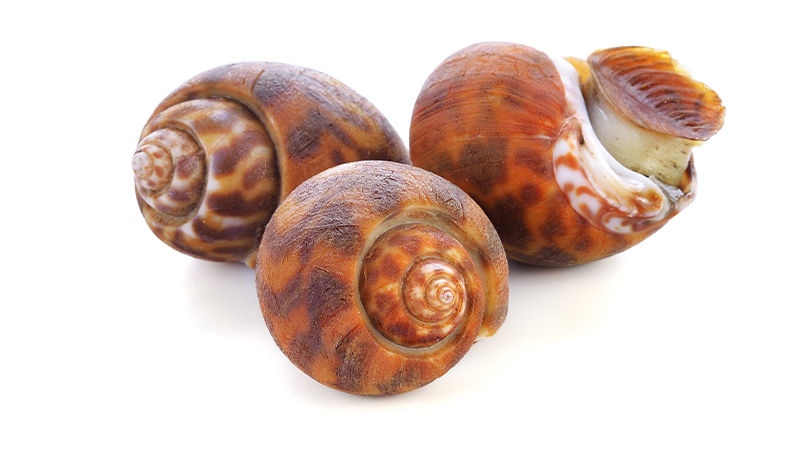
Eradicating the Eggs
Singapore has its own apple snail species – one that’s native to Southeast Asia – but the golden apple snail is here, too, unfortunately. And one big difference between them is that whereas “our” apple snail lays a few hundred eggs at a time, the golden variety lays up to a thousand.
In March of this year, workers from Singapore’s water agency PUB had to remove huge clusters of pink roe from the snails that had built up along the rocky edges of the city’s reservoirs. NParks are monitoring the presence of the golden apple snails, and though they haven’t detected any in the freshwater streams of the island’s nature reserves yet, they say they’ll remove them if they do.
Find the full list of 100 nasties at iucngisd.org/gisd/100_worst.php.
10 Things About Jubi
You’d be forgiven for thinking the skeleton in the picture below is a dinosaur. In fact, it’s a whale – and not just any old whale!
- The photo shows the skeleton of a female sperm whale on display at the Lee Kong Chian Natural History Museum.
- The creature was a 10.6m female sperm whale that washed up off the coast of Jurong Island in 2015.
- It was given a nickname by researchers and scientists: first name “Jubi”, second name “Lee”. Why? To commemorate Singapore’s Jubilee being held that year!
- Studies suggest the whale died off the west coast of Malaysia, perhaps as a result of a collision with a ship. (It had spinal injuries and a large cut.) The body then floated to Singapore.
- Sperm whales have one of the widest global distributions of any marine mammal species; however, this is the first sperm whale found in Singapore waters.
- DNA analysis initially linked the whale’s “mitochondrial genetic signature” to sperm whales in the North Pacific Ocean. But later research connected her with a pod from the Southern Indian Ocean, perhaps near the Cocos (Keeling) Islands.
- Sperm whales are the largest toothed whales; they don’t have a baleen filtering system for eating krill. Examination of Jubi’s stomach showed that her diet consisted mostly of squid – a lot of squid. In fact, she had 1,800 undigested squid beaks in her gut! Researchers also found fish, a lobster and other marine life.
- Unfortunately, Jubi hadn’t only been eating all the tasty stuff. Her belly also contained a number of plastic objects, including drinking cups, food wrappers and bags.
- This is not the first time a whale has been displayed in Singapore. The skeleton of a 13m Indian fin whale was an exhibit in the old National Museum from 1907 to 1974, before it was presented as a gift to Malaysia. It had originally been found on a beach in Malacca, and is now displayed in the Labuan Marine Museum off the coast of Sabah.
- Sperm whales are listed as vulnerable to extinction by conservation authorities; they’re protected by a whaling moratorium.
You can see Jubi up close and personal at the Lee Kong Chian Natural History Museum, National University of Singapore. 2 Conservatory Drive. lkcnhm.nus.edu.sg
For more helpful tips, head to our Living in Singapore section.
This article first appeared in Expat Living. You can purchase the latest issue or subscribe, so you never miss a copy!
Don't miss out on the latest events, news and
competitions by signing up to our newsletter!
By signing up, you'll receive our weekly newsletter and offers which you can update or unsubscribe to anytime.

